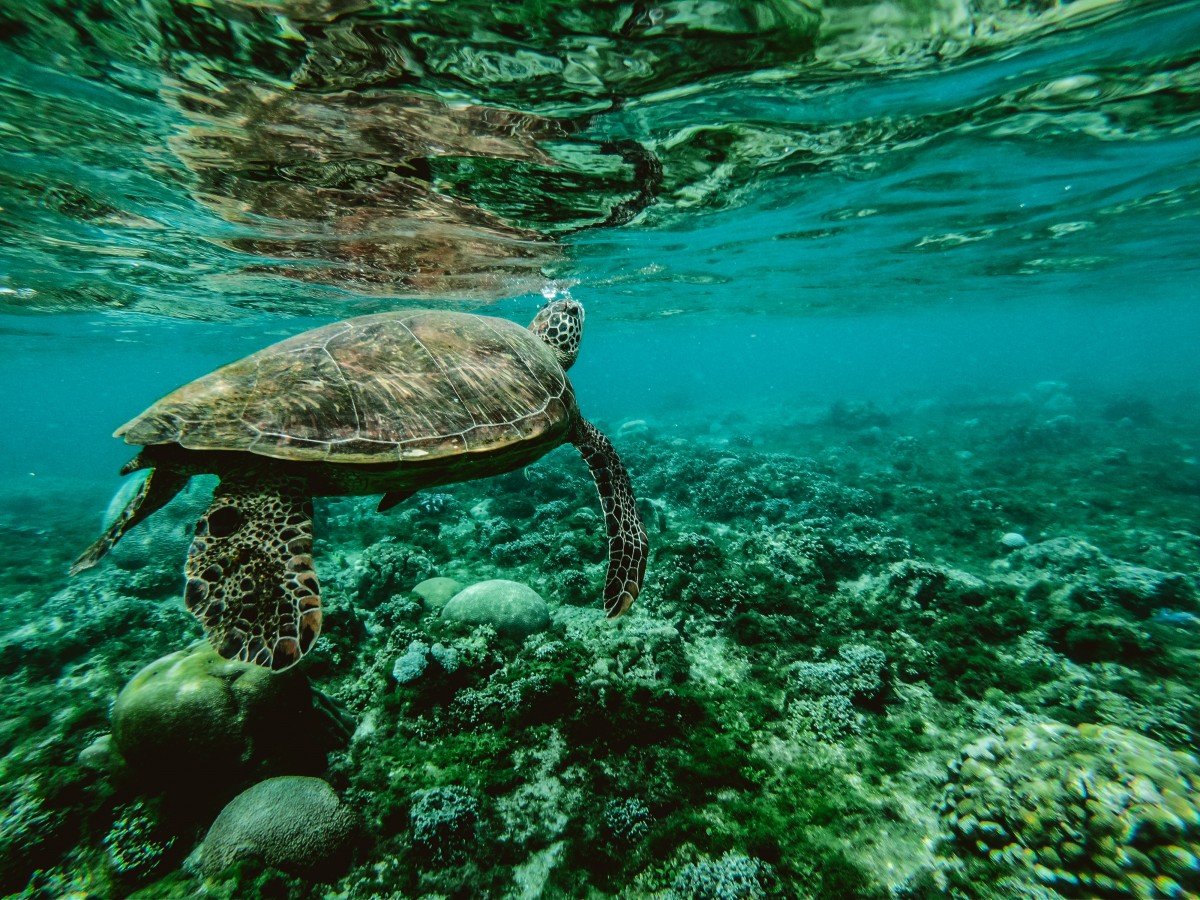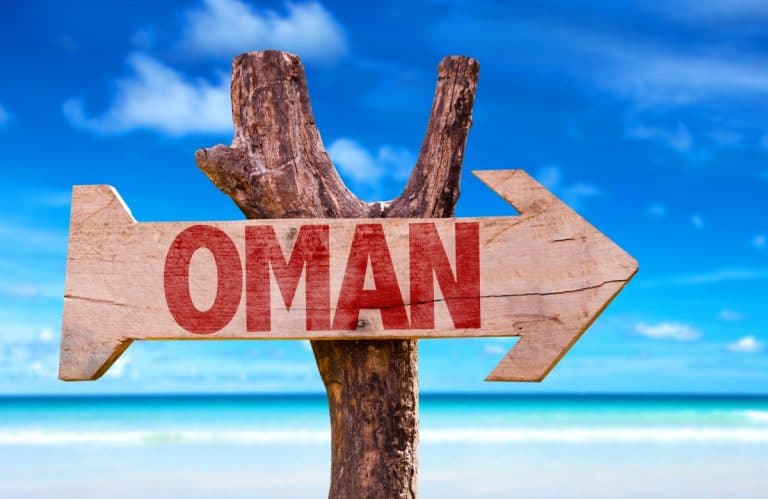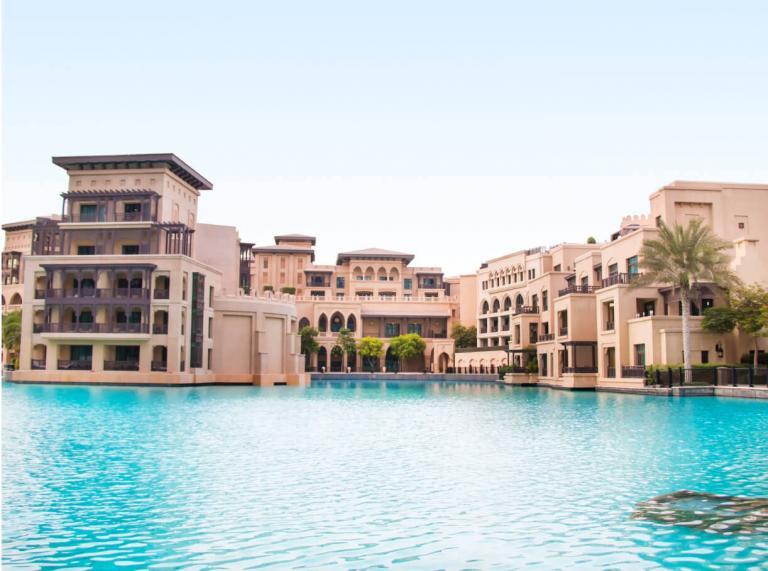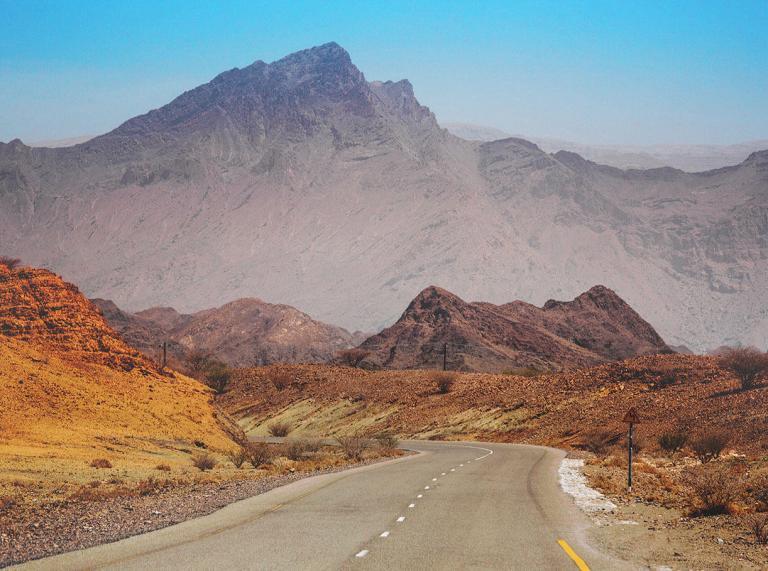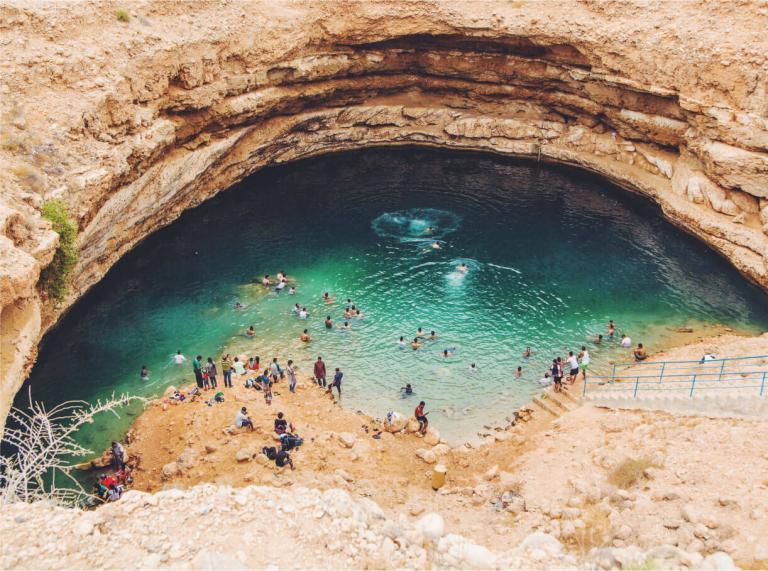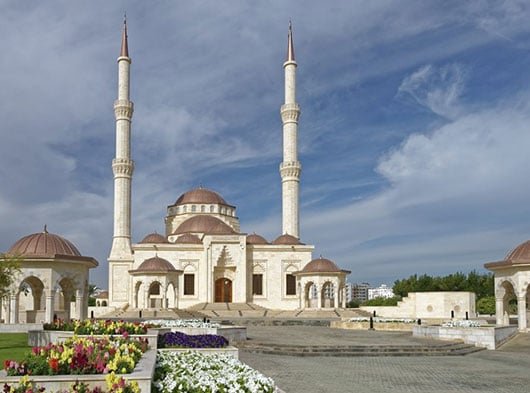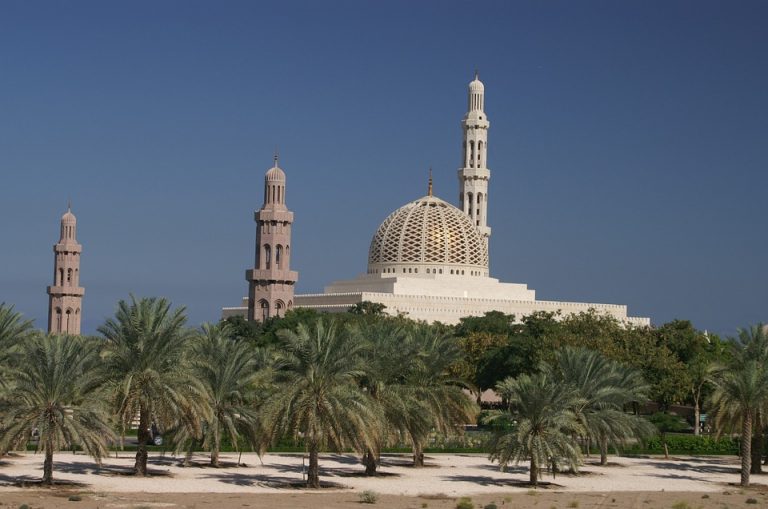What is the Best Time to See Turtles in Oman?
WHAT IS THE BEST TIME TO SEE TURTLES IN OMAN?
For a lot of people, Oman is an exotic destination off the beaten track that would usually get missed out of travel plans. For this reason, people are incredibly surprised when they find out that Oman is a country that has received tourists for decades.
Oman hasn’t always been the type of country that has been filled with backpackers and casual travellers but Western group tours weren’t an infrequent thing to see. Both Muscat and Salalah have always been filled with cruise ships from all over the world. However, Oman was an exclusive country with an expensive and small tourism infrastructure. This means safety and security have always been paramount for the Omani tourist industry.
Due to the growth of its neighbouring country Dubai, it is becoming a popular destination for both expats who wish to get away from the intense lifestyle of Dubai, and westerners who wish to explore a traditional and very welcoming Arab country to both men and women.
However, there’s a few things you do have to consider when travelling to Oman, one of these being your safety. Whilst Oman is a very safe country, their culture and way of living is different compared to modern western cultures. In this blog, we will guide you through what to do and not
TURTLE HATCHING SEASON
Every year, an abundance of turtles migrate to the beaches and shorelines of the Arab Peninsula to dig a hole and lay their eggs. In Oman, which is one of the hot spots for turtle-hatching, the best time to see them is between April and August every year.
During these months, around 20,000 turtles come to Oman’s beaches, especially on the Eastern side. These turtles lay 50,000 to 60,000 eggs during this period and are buried under the sand, just to protect them. After the eggs are laid, around 55 days later the eggs hatch and the babies begin their lives.
THE RACE FOR SURVIVAL
Once hatched, the turtles have one destination and one destination only; and that’s the ocean. You think it would be pretty straight for these little guys, well unfortunately not.
On their way to the deep depths, there also lies predators from above the sand too, like foxes, crabs or seagulls that all fight for a meal. Few survive to adulthood, as the battle for life doesn’t just stop at the beach.
Once in the ocean, they face tough challenges from sea birds and fish. Survival rates estimates anywhere from one in 1,000 to one in 10,000.
In comparison with Arabian Sea turtles, the hatchings season for those nestling in the Caribbean’s is from March until the end of November. If curious, get your Saint Lucia online travel permit at www.stluciatravelauthorization.us and watch the adventurous march of the babies turtles to the sea waves.
WHAT BREEDS OF TURTLE CAN YOU SEE IN OMAN?
Leatherback Turtle
Just because the leatherback turtle doesn’t come ashore in Oman, they can still be seen via snorkelling trips and out in the ocean. This turtle also called the lute turtle is the largest living turtle on earth and is the fourth heaviest modern reptile. This turtle can be easily differentiated by its lack of a bony shell, hence its name. The shell is instead covered by skin and oily flesh. Nobody can really confirm the lifespan of a turtle, some say 30 years or more, some say 50 years or more, and the upper estimates exceed 100 years.
Green Turtle
The green turtle is a species of large sea turtle which extends throughout the tropical and subtropical seas around the world. There are two well-known populations that are situated in the Atlantic and Pacific Oceans but they can also be found in the Indian Ocean. This turtle gets its name from the green fat found underneath its carapace.
Olive Ridley Turtle
This turtle is the second smallest in the world but the most abundant of all sea turtles. The species is found in warm and tropical waters and likely found in the Pacific and Indian oceans. They can also be found in the waters of the Atlantic ocean. These turtles are known for their mass nesting and breeding. Thousands of females travel together and lay their eggs on the same beach.
Hawksbill Turtle
The hawksbill sea turtle is unfortunately, a critically endangered species. The hawksbill has a worldwide distribution with Indo-Pacific and Atlantic subspecies. This turtle’s appearance is like many other marine turtles but can be easily recognised from other species by it’s sharp, curving beak and a saw-like appearance of its shell margins.
Loggerhead Turtle
In the Atlantic, Pacific, and Indian Oceans as well as the Mediterranean Sea, the loggerhead sea turtle can be found. It spends most of it’s lifespan in estuarine and saltwater habitats with females occasionally coming ashore to lay their eggs due to the reproductive rate. The loggerhead sea turtle’s reproductive rate is low and only females lay an average of four egg clutches and then become dormant, producing no eggs for two to three years.
BEST PLACES TO GO
There are a wide variety of turtle sanctuaries and turtle beach resorts in Oman where you can see these amazing creatures take their first steps.
Ras al Jinz Turtle Reserve
This turtle sanctuary is situated along the shores of eastern Oman, a fishing village called Ras Al Jinz is known for its turtle nesting sites, especially for the likes of the endangered Green Turtles. These turtles by law are protected and strict punishments will be dealt for anyone who tries to disturb or affect the turtles and their natural habitat.
However, with these rules in place tours run by specialists are available so you can still enjoy watching the process of these beautiful animals laying their eggs and the baby turtles hatching.
Ras al Hadd
Ras al Hadd it’s only 12 miles away from Ras al Jinz, and it a lot larger. However, they both receive close too or the same amount of turtles per year. The entrance to Ras al Hadd is 1 OMR (£2.13) This is a lot cheaper than Ras al Jinz, however, it doesn’t have a museum that you can visit.
Masirah Island
There are four distinct species of sea turtle on Masirah Island, and Oman has recognised the importance of helping out these beautiful creatures as it is such a large portion of their breeding/nesting sites. You will find the likes of the green turtle, hawksbill, olive ridley turtle and the loggerhead. They all nest and hatch their eggs at different times throughout the year, so you have a really good chance at seeing them during your visit.
Al-Dimaniyat Islands
These islands are located in Wilayat AlSeeb in the Muscat Governorate and lies around 40 miles west of Muscat, the capital of Oman. The island is home to a large number of sea turtles and a magnet for migratory and native birds.
PLAN AWAY
If you are considering a trip to Oman, we would highly recommend a trip to one of the locations we’ve mentioned. Take what you have seen in those documentaries and make it a reality, but don’t forget that visa! Find out about the things to look out for in Oman, get useful travel tips, or if you’re planning a business trip, check out our other blogs that outline these topics.

